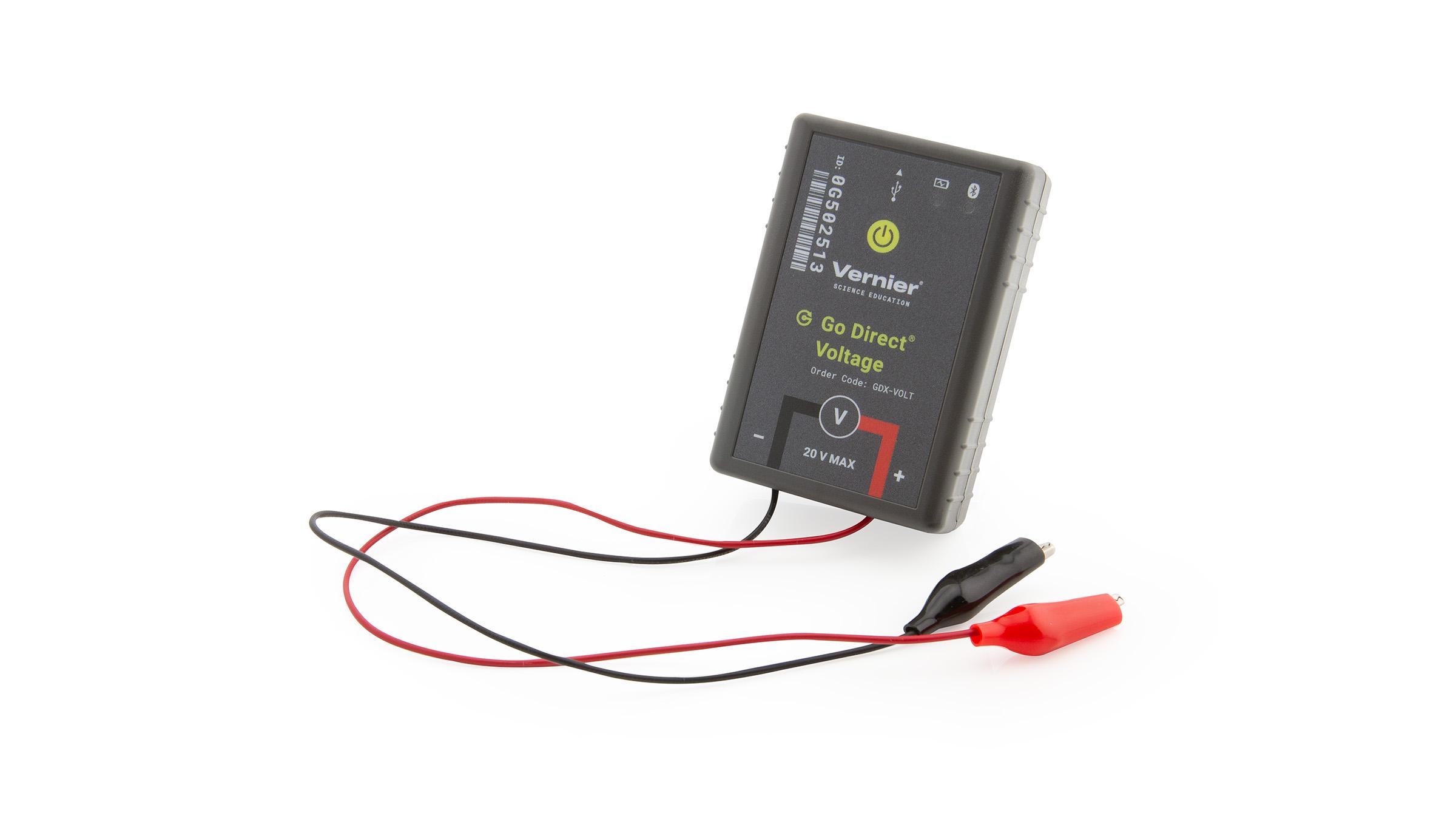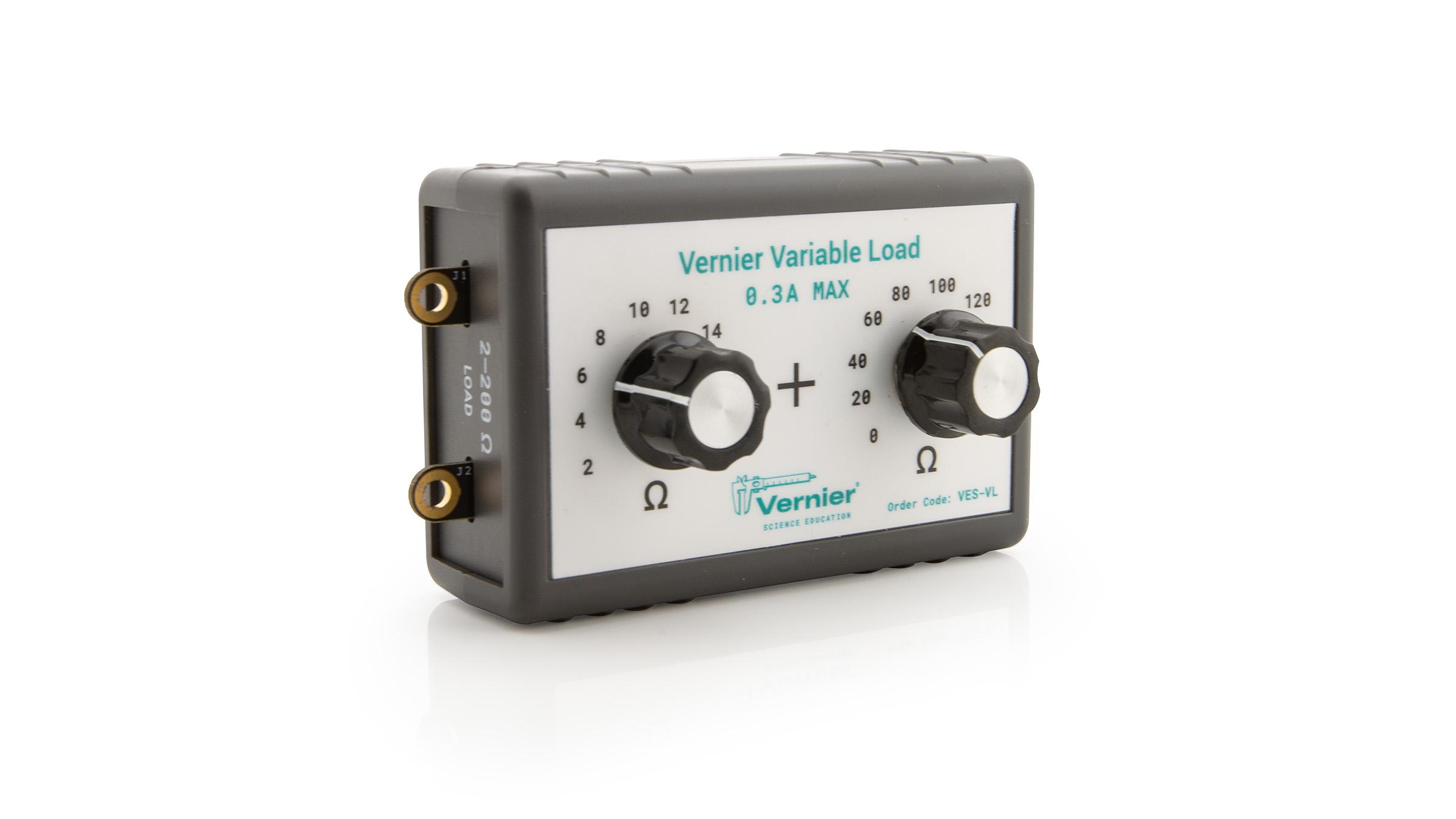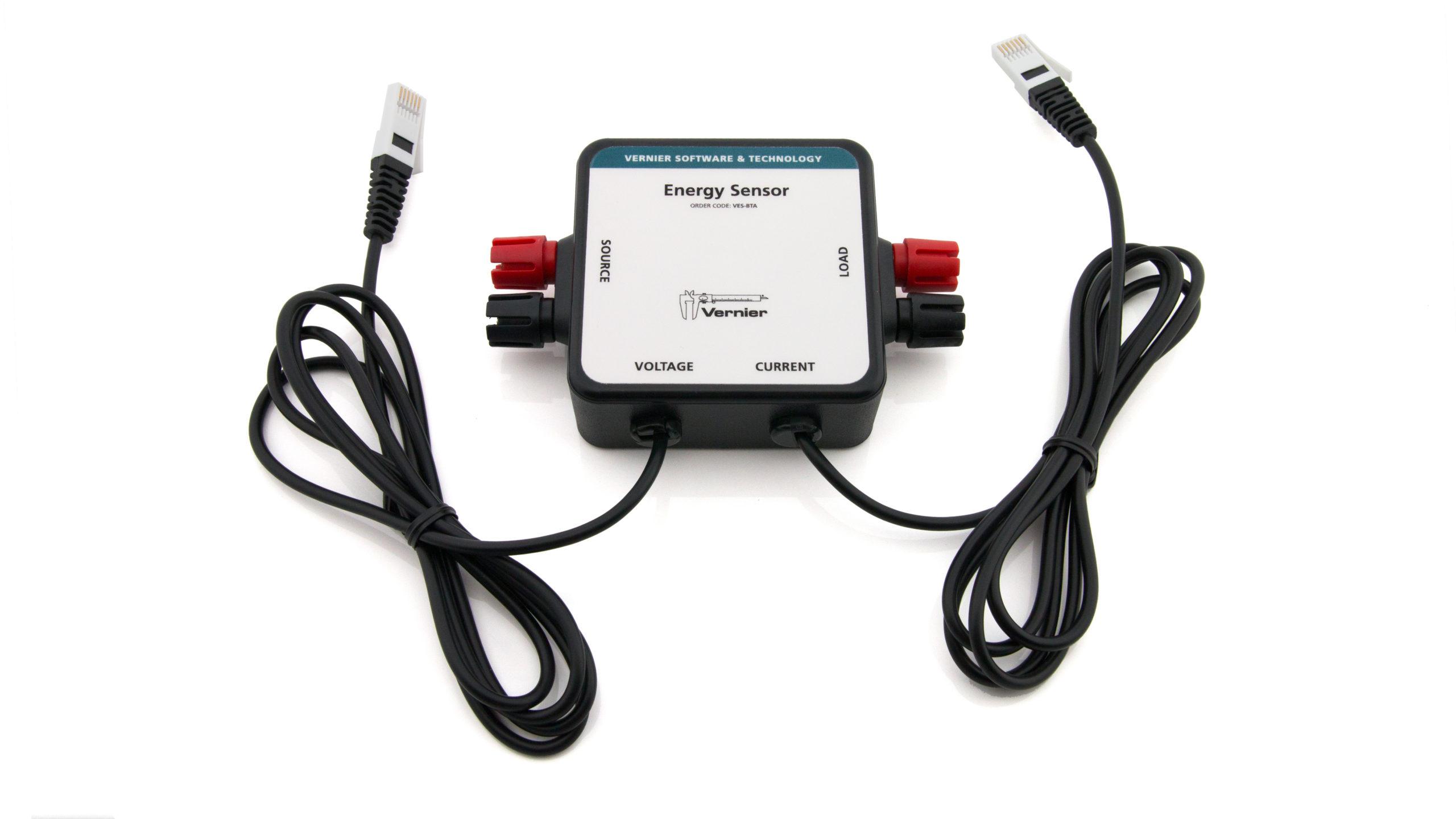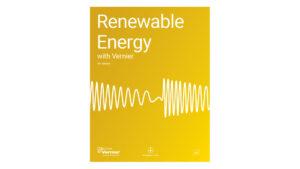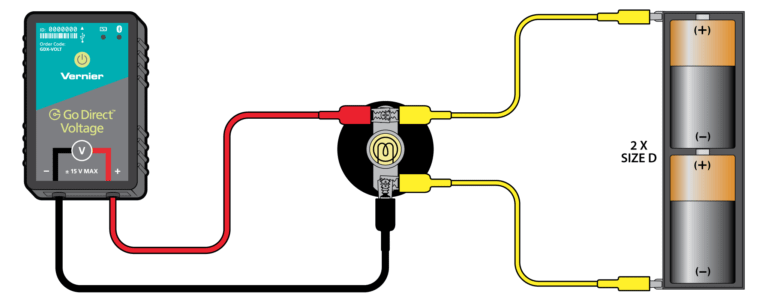
Introduction
You have used electricity throughout your life, but do you know what it is? Electricity can be the sparks and crackling when clothing is pulled apart, and it can be lightning during a storm. It can also be channeled through wires and put to work turning fans, toasting bread, lighting lamps, and connecting you to the world over television, the internet, and phones.
The particles that make up atoms have a property known as charge. It is the presence and motion of these charged particles that gives rise to the phenomenon known as electricity. While we cannot see the charged particles themselves, we are able to investigate how they behave in various devices and materials.
The moving particles in an atom are in the outermost part of the atom’s structure and are called electrons. Electrons are about 2000 times smaller than the other particles that make up atoms. Their small size, as well as other factors, makes electrons the easiest part of an atom to push and move. Electrons typically do not move very far or very fast, but very large numbers of them moving at once can deliver a painful shock or heat your home.
Two terms that are used when discussing electricity are voltage and current. Voltage is a colloquial term for potential difference, which is a way of describing the available energy for electrons to use for moving. The unit used to measure potential difference is the volt (V). Current is the term for the flow of charged particles. In general, the higher the voltage, the more energy is available for electrons to use, and the greater the current. Current is measured in a unit called the ampere (A).
In this experiment, you will have an opportunity to use electricity in small, safe amounts. By investigating how electricity interacts with different objects, you will gradually learn to use electricity effectively to create your own circuits, systems, and devices.
Objectives
- Detect the presence of current in a wire.
- Explore different types of light bulbs.
- Measure voltage.
Sensors and Equipment
This experiment features the following sensors and equipment. Additional equipment may be required.
Ready to Experiment?
Ask an Expert
Get answers to your questions about how to teach this experiment with our support team.
- Call toll-free: 888-837-6437
- Chat with Us
- Email support@vernier.com
Purchase the Lab Book
This experiment is #4 of Renewable Energy with Vernier. The experiment in the book includes student instructions as well as instructor information for set up, helpful hints, and sample graphs and data.

